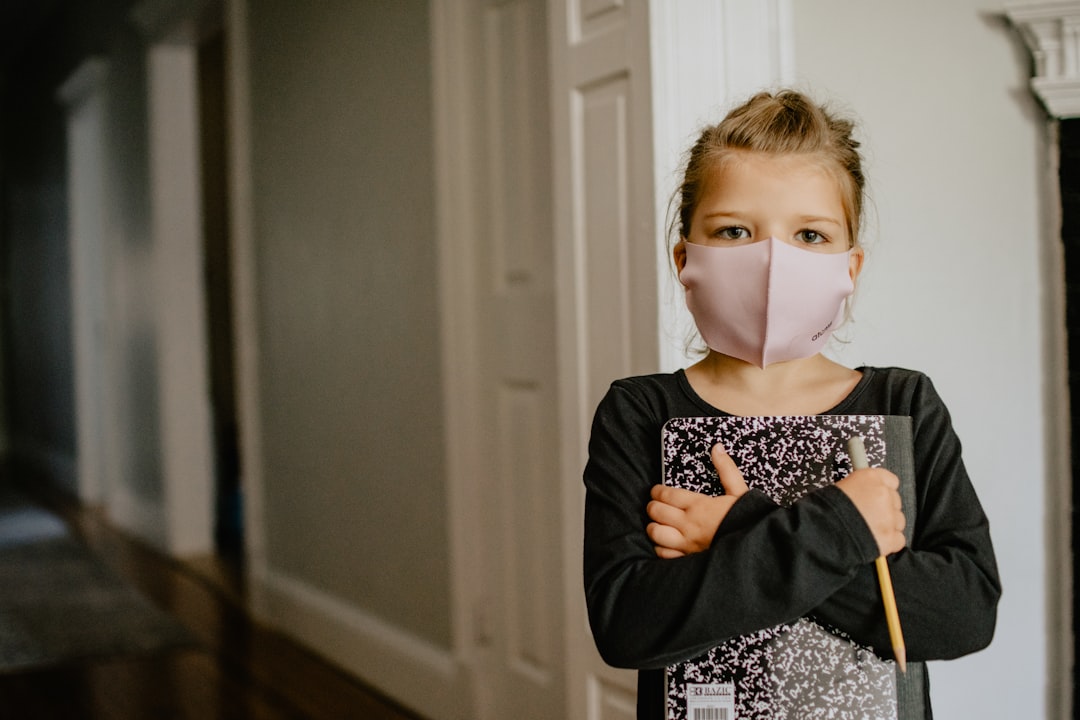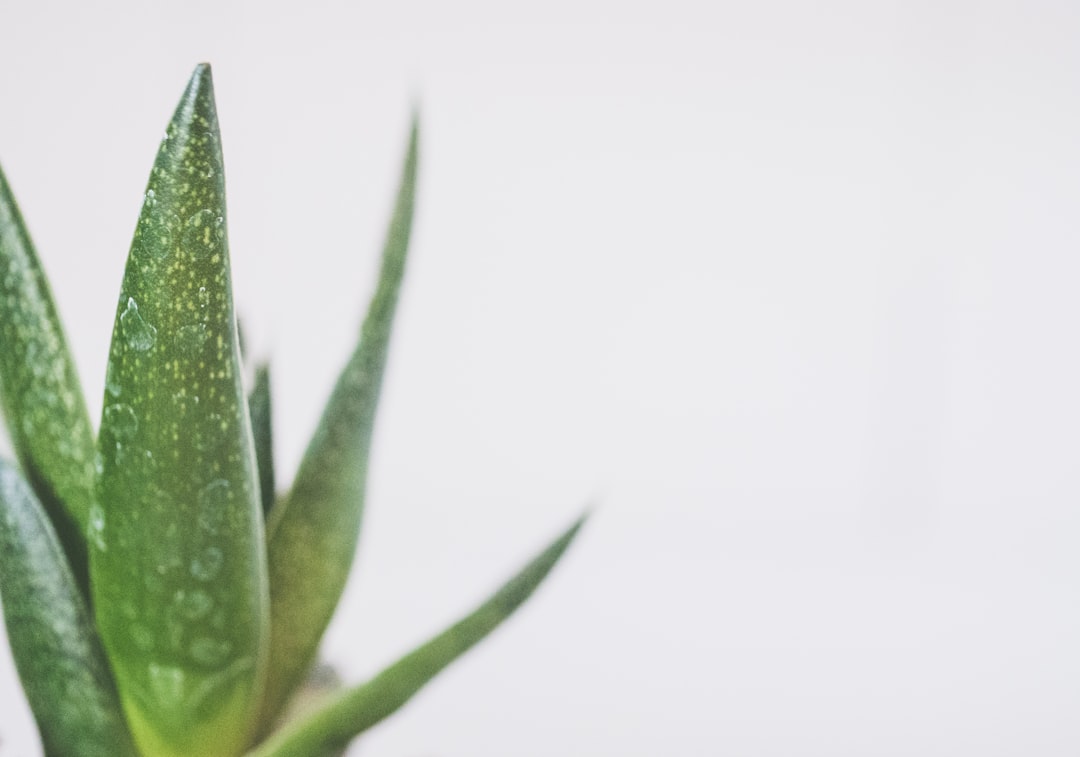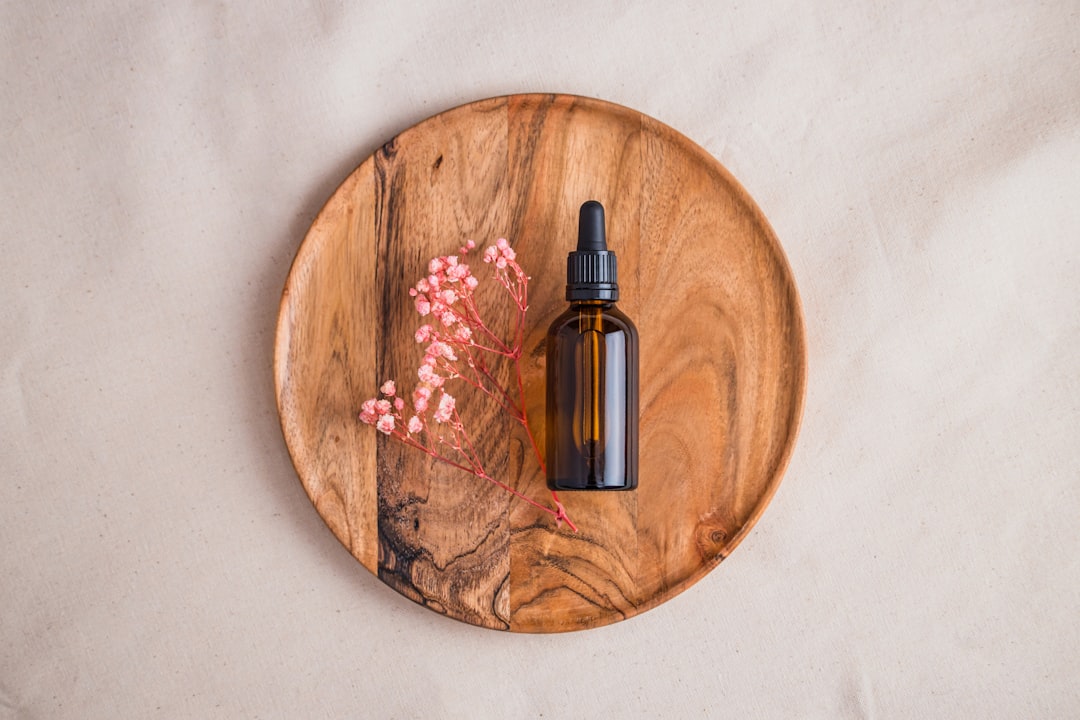The combination of charcoal and aloe vera in a face mask has gained popularity in recent years due to their numerous benefits for the skin. Charcoal is known for its ability to draw out impurities and toxins from the skin, making it an excellent ingredient for deep cleansing. Aloe vera, on the other hand, is renowned for its soothing and hydrating properties, making it a great addition to any skincare routine. When combined, these two powerhouse ingredients create a potent face mask that can help to detoxify, purify, and rejuvenate the skin.
The charcoal and aloe vera face mask is suitable for all skin types, including oily, acne-prone, and sensitive skin. It can help to unclog pores, reduce excess oil, and calm inflammation, leaving the skin looking clearer, smoother, and more radiant. Whether you’re dealing with stubborn blackheads, acne breakouts, or dull, tired-looking skin, incorporating a charcoal and aloe vera face mask into your skincare regimen can help to address these concerns and promote a healthier complexion. In this article, we will explore the benefits of charcoal and aloe vera for the skin, provide a step-by-step guide on how to make a DIY charcoal and aloe vera face mask, discuss the application and removal process, share precautions and tips for using the face mask, and offer insights into the results and aftercare. By the end of this article, you’ll have all the information you need to incorporate this powerful skincare treatment into your beauty routine.
Summary
- Charcoal and aloe vera face mask is a popular skincare product known for its deep cleansing and soothing properties.
- The combination of charcoal and aloe vera can help to detoxify the skin, unclog pores, and reduce inflammation.
- Making a DIY charcoal and aloe vera face mask at home is easy and cost-effective, requiring only a few simple ingredients.
- When applying the face mask, it is important to evenly spread a thin layer and allow it to dry before gently rinsing off with warm water.
- To ensure the best results and avoid any potential skin irritation, it is recommended to perform a patch test before using the face mask and to follow up with a moisturiser.
Benefits of Charcoal and Aloe Vera for the Skin
Charcoal is a natural ingredient that has been used for centuries for its detoxifying properties. When applied to the skin, charcoal acts like a magnet, attracting and absorbing dirt, oil, and impurities from the pores. This can help to prevent breakouts, reduce the appearance of blackheads, and improve overall skin clarity. Additionally, charcoal has exfoliating properties that can slough away dead skin cells, revealing a smoother and brighter complexion. Its deep-cleansing action makes it an excellent choice for those with congested or acne-prone skin.
Aloe vera is a succulent plant that has been prized for its medicinal and skincare benefits for thousands of years. It is rich in vitamins, minerals, and antioxidants that can help to nourish and protect the skin. Aloe vera is well-known for its soothing and anti-inflammatory properties, making it an ideal ingredient for calming redness, irritation, and sunburn. It also has moisturising properties that can help to hydrate the skin without clogging pores. When used in conjunction with charcoal, aloe vera can help to balance out the potentially drying effects of the charcoal while providing additional nourishment and hydration to the skin.
How to Make a DIY Charcoal and Aloe Vera Face Mask
Making your own charcoal and aloe vera face mask at home is simple and cost-effective. To create this powerful skincare treatment, you will need activated charcoal powder, pure aloe vera gel, and a few optional ingredients such as honey or essential oils for added benefits. Start by mixing one to two tablespoons of activated charcoal powder with an equal amount of pure aloe vera gel in a clean bowl. You can adjust the quantities based on your skin’s needs and preferences – more charcoal for deeper cleansing or more aloe vera for added hydration.
If desired, you can add a teaspoon of raw honey to the mixture for its antibacterial and moisturising properties. Alternatively, a few drops of essential oils such as tea tree oil or lavender oil can be incorporated for their soothing and aromatherapeutic benefits. Once all the ingredients are combined, use a clean spatula or brush to apply the mask evenly to your face, avoiding the delicate eye area. Allow the mask to dry for 10-15 minutes before rinsing it off with warm water. Pat your skin dry with a clean towel and follow up with your regular skincare routine.
Application and Removal of the Face Mask
When applying the charcoal and aloe vera face mask, it’s important to start with clean, dry skin to maximise its effectiveness. Use gentle cleansers to remove any makeup, dirt, or excess oil before applying the mask. Once your skin is prepped, use clean hands or a brush to spread an even layer of the mask over your face, avoiding the eye area. Take care not to apply the mask too close to your hairline or eyebrows as it can be challenging to remove from fine hairs.
As the mask dries, you may feel a tightening sensation as it works to draw out impurities from your pores. This is normal and indicates that the mask is doing its job. After 10-15 minutes, when the mask has fully dried, rinse it off with warm water using gentle circular motions to help exfoliate the skin. You may also use a damp washcloth to help remove any stubborn residue. Once the mask is completely removed, pat your skin dry with a clean towel and follow up with your regular skincare routine. It’s essential to moisturise your skin after using a charcoal mask as it can be drying, even when combined with aloe vera.
Precautions and Tips for Using the Face Mask
While charcoal and aloe vera face masks are generally safe for most skin types, there are some precautions and tips to keep in mind when using this treatment. If you have sensitive or reactive skin, it’s essential to patch test the mask on a small area of your skin before applying it to your face to ensure that you don’t experience any adverse reactions. Additionally, it’s best to avoid using charcoal masks if you have open wounds, cuts, or sunburn as they can exacerbate these conditions.
When removing the mask, be gentle with your skin to avoid irritation or redness. Use lukewarm water and soft movements to rinse off the mask without tugging or pulling at your skin. It’s also important not to leave the mask on for longer than recommended as it can lead to excessive dryness or irritation. Finally, always follow up with sunscreen if you’re using a charcoal mask during the day as it can make your skin more sensitive to UV rays.
Results and Aftercare
After using a charcoal and aloe vera face mask, you can expect your skin to feel deeply cleansed, refreshed, and revitalised. The combination of charcoal’s detoxifying properties and aloe vera’s soothing effects can help to unclog pores, reduce excess oil, and calm inflammation, leaving your complexion looking clearer and more radiant. With regular use, you may notice a reduction in blackheads, breakouts, and overall skin congestion.
To maintain the results of your charcoal and aloe vera face mask treatment, it’s essential to follow up with proper aftercare. This includes moisturising your skin with a lightweight, non-comedogenic moisturiser to replenish any lost hydration from the mask. Additionally, incorporating gentle exfoliation into your skincare routine can help to prevent clogged pores and promote smoother skin texture. It’s also crucial to stay consistent with your skincare regimen and use sunscreen daily to protect your skin from environmental damage.
Conclusion and Final Thoughts
In conclusion, the combination of charcoal and aloe vera in a face mask offers numerous benefits for the skin, making it an excellent addition to any skincare routine. From deep cleansing and detoxifying properties to soothing and hydrating effects, this powerhouse duo can help address a variety of skincare concerns such as acne breakouts, blackheads, excess oil production, and inflammation. By following the steps outlined in this article for making and using a DIY charcoal and aloe vera face mask, you can enjoy clearer, smoother, and more radiant skin.
However, it’s essential to be mindful of precautions and aftercare tips when using this treatment to ensure optimal results without causing any adverse reactions or irritation. With regular use and proper maintenance of your skincare routine, you can reap the full benefits of this potent skincare treatment and achieve healthier-looking skin. Whether you’re looking to detoxify your pores, soothe irritated skin, or simply pamper yourself with a luxurious at-home spa treatment, incorporating a charcoal and aloe vera face mask into your beauty regimen can help you achieve your skincare goals effectively.
Achieve a flawless complexion with our DIY charcoal and aloe vera face mask, and complement your skincare routine with essential steps to radiant skincare. Embrace your glow and learn how to create a spa-like experience at home with our expert tips. Discover the importance of regular skin check-ups to maintain healthy and radiant skin. For more insightful skincare articles, visit bestskincareproducts.eu.
FAQs
What are the benefits of using a charcoal and aloe vera face mask?
Using a charcoal and aloe vera face mask can help to draw out impurities, toxins, and excess oil from the skin, leaving it feeling clean and refreshed. Charcoal is known for its ability to unclog pores and remove dirt and oil, while aloe vera has soothing and hydrating properties that can help to calm and nourish the skin.
How does a charcoal and aloe vera face mask work?
The charcoal in the face mask acts like a magnet, attracting and absorbing dirt, oil, and impurities from the skin. Aloe vera helps to soothe and hydrate the skin, leaving it feeling soft and smooth. Together, these ingredients work to cleanse and purify the skin, promoting a clearer and more radiant complexion.
Is it safe to use a DIY charcoal and aloe vera face mask?
When used in moderation and according to the instructions, a DIY charcoal and aloe vera face mask is generally safe for most skin types. However, it’s important to do a patch test before applying the mask to your face to ensure that you don’t have any adverse reactions. If you have sensitive skin or any skin conditions, it’s best to consult with a dermatologist before using any new skincare products.
How often should I use a charcoal and aloe vera face mask?
It’s recommended to use a charcoal and aloe vera face mask once or twice a week to help maintain a clear and healthy complexion. Overuse of the mask can potentially dry out the skin, so it’s important to find a balance that works for your skin type.
Are there any potential side effects of using a charcoal and aloe vera face mask?
While charcoal and aloe vera are generally safe for most skin types, some people may experience mild irritation or dryness after using the mask. If you have sensitive skin, it’s important to monitor how your skin reacts to the mask and discontinue use if you experience any adverse effects. Additionally, it’s important to avoid getting the mask in your eyes or mouth, as it can be irritating.




